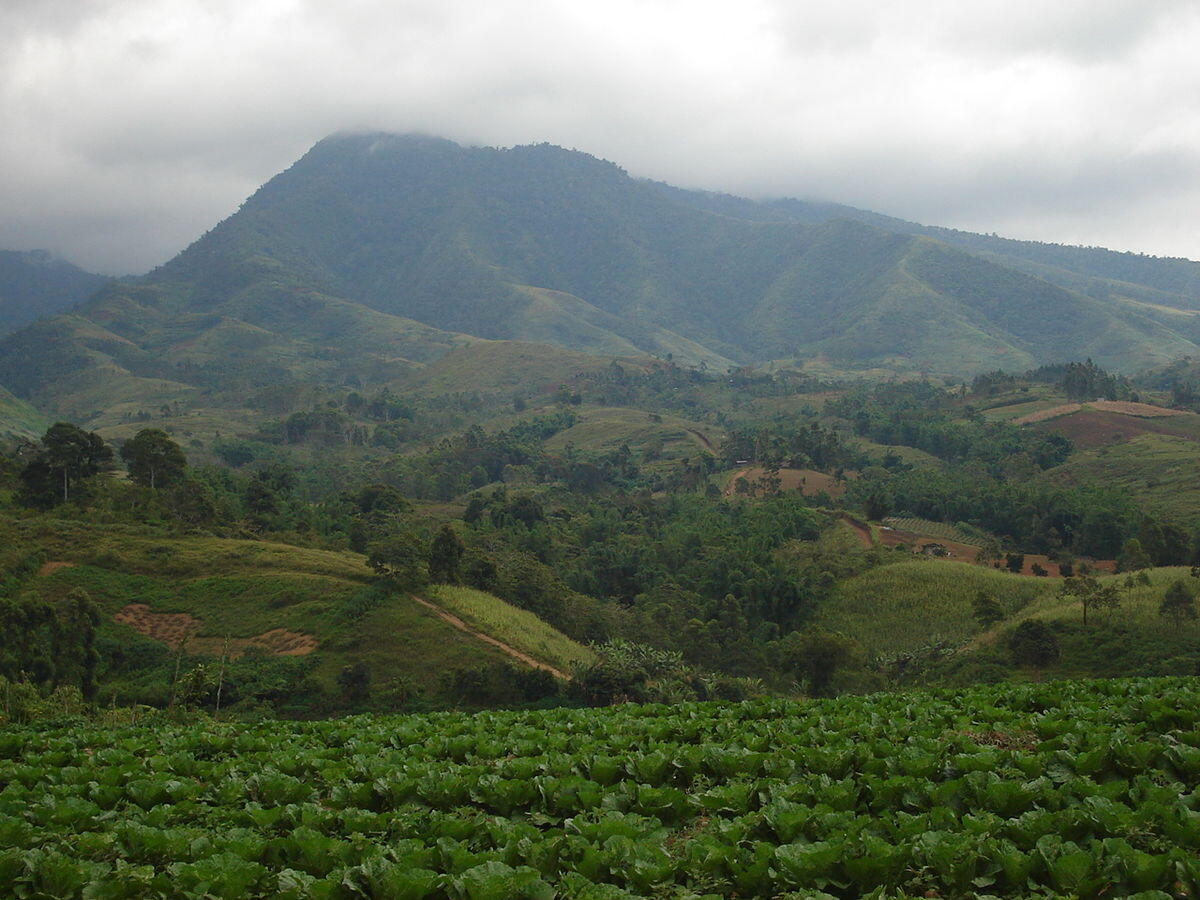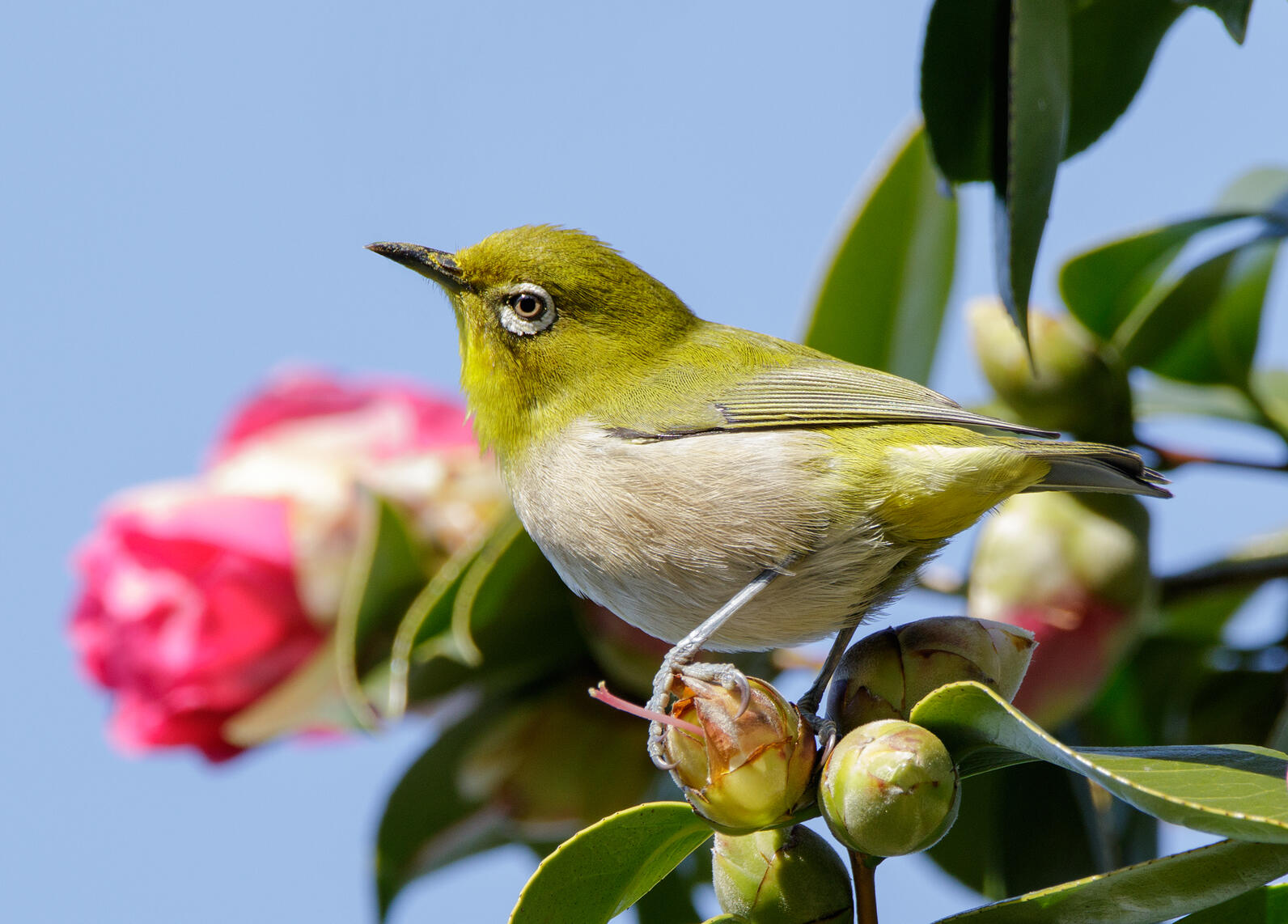Article written by Justine Villanueva. Justine traces her ancestral roots to the Bukidnon tribe of Kalasungay, Bukidnon. She is the third child of Julieta Li and Ernesto Villanueva, fifth child of Filemon Villanueva and Felipa Okit Apoong, a descendant of Apu Mansaliwa. Justine's creative work focuses on decolonization, social justice, and learning to reconnect with the living Earth. She writes children's books and is the founder of Sawaga River Press, a nonprofit that publishes children's books featuring Filipino children in the diaspora and their experiences. She also runs her own law and real estate office. She lives in the Patwin-Wintun territory in Davis, California with her husband and two sons.
I write from the unceded territory of the Wintun-Patwin Yocha Dehe people who are the original stewards of this land since time immemorial.
Thank you, Molly Tsongas, for inviting me to write about my personal engagement with birds as part of Audubon California's celebration of Filipino American History Month (FAHM). I could not have thought of a more appropriate way to celebrate this year’s FAHM theme, history of Fil-Am activism, than to write about birds and how they are my personal symbols of decolonization and belonging.
- ON BIRDS, DECOLONIZING, LEARNING TO DWELL, AND BELONGING

My homeland, the Philippines, are an archipelago of approximately 7,100 islands and home to 700 or so species of birds. Bird enthusiasts and advocates from all over the globe visit the Philippines. Some wish to simply appreciate our endemic birds, like the Tandikan, Pipit-Azul, Pinipita, Pipit, Tamsi, Maya, and Manunubing. Some go with a zealous mission to help conserve the endangered ones, like the Sulu Breeding Heart, Isabela Oriole, Punelada, and the aptly named Haring Ibon (King Bird), the Philippine Eagle.
Growing up in the Philippines, my friends and I lived with our birds. Even though we never bothered to know their names, we were like family: loud, unrestrained, and always around each other and getting in each other’s spaces. In the morning, when we stepped out to our front or back yards to start the day, the birds were already there, sunning themselves, chirping, and feeding themselves a healthy breakfast of bugs. In the afternoon, when we gathered to flirt with each other in the shade of the mango tree, the birds high up on the branches were doing the same. In the late hours of the night, if we heard birds by a wooded area, we cursed at them and hoped they weren’t winged monsters out to suck us dry. Like us, the birds were just doing their own thing, at home where they belonged.
When I immigrated to the United States with my family, we moved into a two-story home in a seemingly unending row of similar two-story homes wrapped in fog and quiet. Very few people came out, the curtains were always drawn. There were no birds to greet in the morning, no trees to climb or sit under, and certainly no dark wooded areas where a winged monster could hide. I missed my friends and family, the fiercely bright sun, open spaces, dirt under my feet, laughter, noise, the constant presence of life swirling around me. Home came to mean only what was inside my house, not everything else that happened outside. For a while, I missed seeing and hearing the birds just gadding about. But somehow, I slowly forgot about them. A decade went by.
Birds briefly came back to my life when a roommate thought to take me out to watch birds. I found it strange to think of birds as “out there” to seek out, to be watched, appreciated, or studied from afar and outside of the normal hustle bustle of daily life. Later, when that roommate and I married each other and had kids, I remained ambivalent about birdwatching. I did not like that it was a separate activity that we needed to set aside time and energy for, two things we did not have a lot of as a working parents of two very young children. Because I had no pressing reason to seek out the birds, I did not. More years went by.
All those years, something felt amiss. I moved at least 10 times since I first immigrated. I never felt at home. I started to read stories of the immigrant experiences of various diasporic people. This led me to study decolonization and prompted my own journey to decolonize. I endeavored to understand the history of my people as indigenous people who were colonized, forced to assimilate, and consequently pushed and pulled into the diaspora. I also strove to get to know the indigenous history and people of this land where I now live.
I came to understand that I inherited from my ancestors the unacknowledged and unhealed wound of being violently separated from our/my homeland. This wound manifested, and continues to manifest, in my feeling that I am an “other”, I do not belong, and I am not (at) home.
It took me years to excavate and process my truths and to arrive at what I need to do to start healing and avoid passing this wound on to my children: to allow the land to claim me by learning how to dwell, how to be a good steward, and how to be in right relationship with all those who live in this land as their home, human and non-human alike, including the birds.
So I vowed to get to know the birds where I now live, here in the unceded territory of the Wintun-Patwin Yocha Dehe, also known as Davis, California.
- ON BIRDS, THE SPIRIT OF KAPWA, AND RESISTANCE

The first time I birdwatched with intention, it felt like a coming home of sorts. For hours, I looked through my binoculars and was mesmerized by the black and white stripes of the Nuttall’s woodpecker, the red head and throat and streaked belly of the house finches, the shimmer of the blue-green of the yellow-billed magpie, and the glossy black and red and orange shoulder patches of the red-winged blackbird. As I watched these birds in reverence, I felt limitless and unrestrained. I kept hearing my own heartbeat and I imagined theirs traipsing around the world with mine. Together with them, I felt whole and, once again, at home.
In the Indigenous Filipino worldview, Kapwa is the spirit that resides in all of creation. We share our inner self with the others. Kapwa connects us all: I am the birds and the birds are me.
Kapwa explains why we Filipinos identify so much with our birds in many aspects of our lives, including rites of passage, courtship, captivity, and struggle towards liberation. Lawin-lawin is a dance performed by sons of the datu, mimicking the maturation of a Lawin from egg to adulthood. Binanog is a courtship dance that mimics the movements of a banog. Our national dance, tinikling, is inspired by the movements of a tikling bird as she walks over the grass and gracefully dodges bamboo traps set by farmers on vast rice fields. One of our most famous patriotic songs, Bayan Ko (My Country), written to protest against 333 years of colonization by Spain and 48 years of subsequent occupation by the Americans, compares our colonized country to that of a captured bird who beats her wings against her cage in resistance.
I, too, take seriously this responsibility to beat my proverbial wings in resistance against oppressive systems that devalue my community and to break free, not just for myself but for everyone, especially for future generations. Like many in the Filipinx American community longing to belong, one of my life goals is to tell of our people’s often erased and ignored struggles and contributions to the United States since the first recorded landing of our ancestors in Morro Bay, California in 1587. Most everything I do these days—parenting, working as an attorney, volunteering, creating, playing, and everything else in between—I do with the intent to help bring about a more just and equitable society.
But of all the things that I do in my efforts to resist and advocate for social justice, honoring Kapwa by getting to know the birds is the one that gives me most joy, makes me feel whole, and affirms to me that I do belong.
(Acknowledgements to my ancestors, elders, and teachers, especially Leny Strobel and the Center for Babaylan Studies, who light my path as I continue with my journey to decolonize.)



